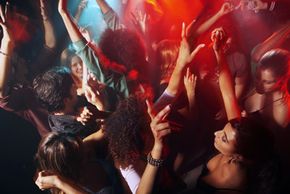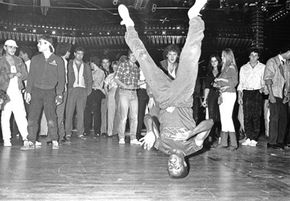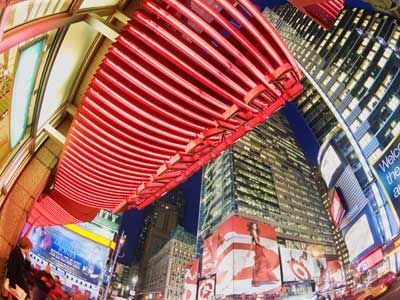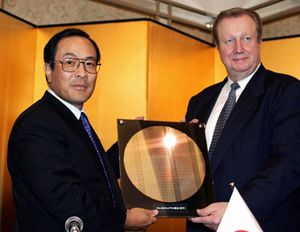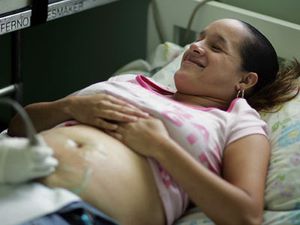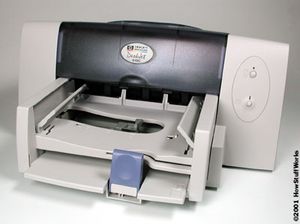Have you ever wondered how powerful you are? Not the power of fame, fortune or knowledge but rather how much power is in your body. On average, a human consumes about 3,300 watt-hours of energy every day but has the potential to produce more than 3 times that amount -- up to 11,000 watt-hours of power -- from normal bodily functions such as motion and the production of body heat. Walking, for example, produces 163 watts of power, while sprinting generates more than 1,600 watts [source: SPACE.com]. What if this wattage could be turned into usable energy?
Renewing the Grid Image Gallery
Advertisement
The wattage a body generates is potential energy, and only a small percentage of it can be captured. NASA's Defense Advanced Research Projects Agency (DARPA) estimates that a single footstep could provide 1 to 2 watts [source: SPACE.com]. Turn a single footstep into 84,162,203 steps and a group of people could generate enough power to launch a space shuttle [source: Christian Science Monitor].
The idea of harnessing the power of people isn't just a concept being explored by engineers, scientists and "The Matrix," it's also an experiment making its way into green design. A small number of dance clubs around the world are starting a dance revolution outside of Xbox and Nintendo. Sustainable Dance Club in Rotterdam, Holland, and Surya in London, among others, have embraced eco-friendly philosophies that manifest in everything from the renewable and recycled materials of their décor to their commitment to building environmental awareness in young patrons.
An ordinary dance club -- house music thumping three nights a week -- uses 150 times more energy than a household of four people each year [source: Popular Mechanics]. To minimize their consumption, eco-friendly dance clubs green themselves by providing amenities such as organic wines and beer, waterless urinals and toilets that flush with recycled water (including, yes, clubgoers' sweat). Some even get their power from solar, wind and dance energy. Dance energy? Special dance floors, known as piezoelectric floors, turn the power from clubbers' feet into electricity used to power the club.
Could we solve the energy crisis by harnessing the energy of clubgoers with piezoelectric flooring?
Advertisement
